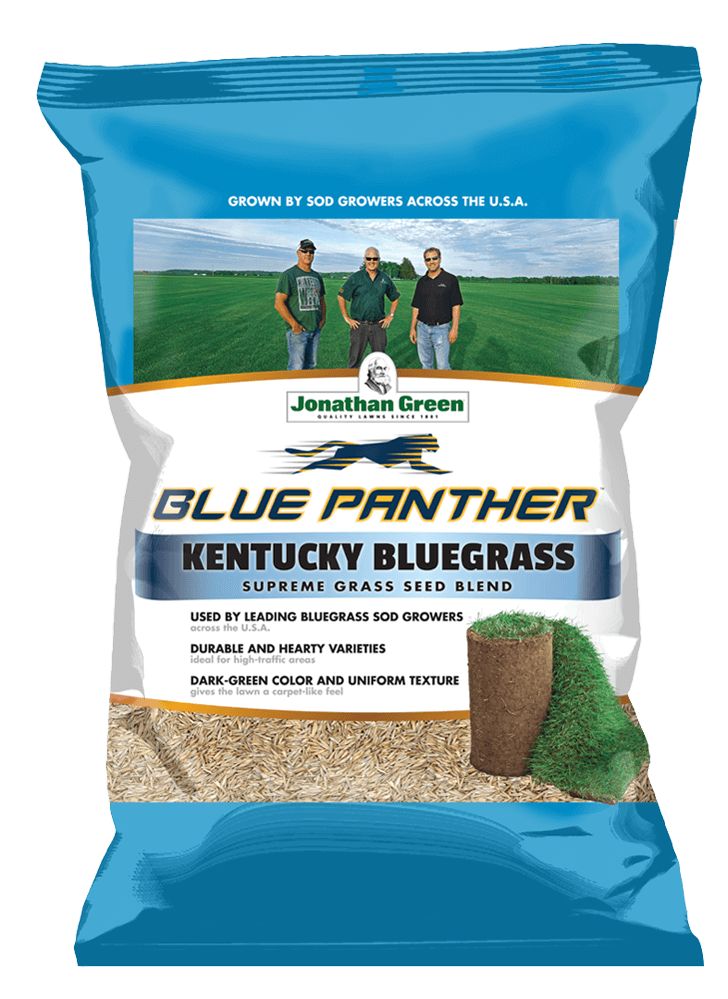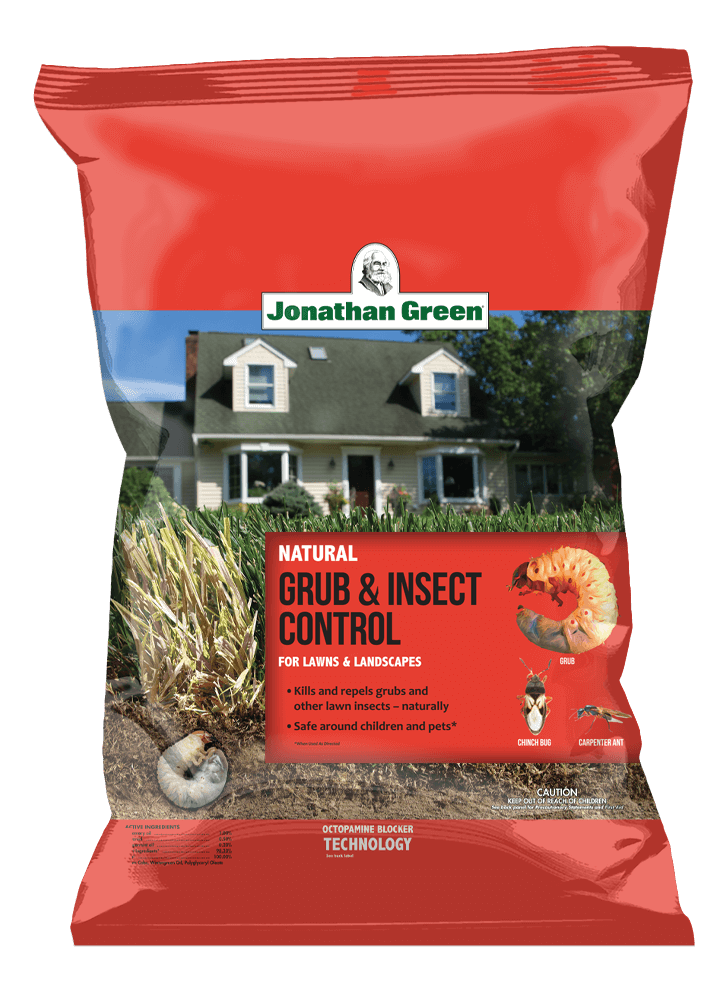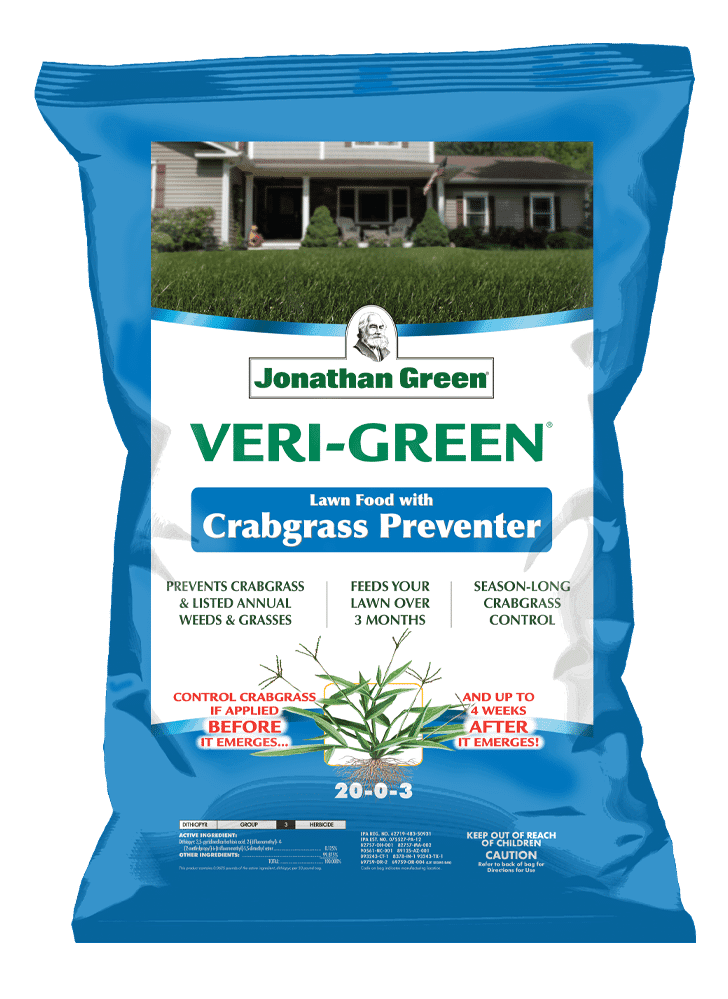Everything You Need to Know About Kentucky Bluegrass
If you’ve ever been mesmerized by a lawn of lush, blue-green grass, then you’ve probably witnessed the beauty of Kentucky bluegrass. Because of its beautiful, dark green color, it’s been the primary choice of sod growers across the United States. Many homeowners also prefer to plant Kentucky bluegrass on their lawns, as it’s durable, nice to look at, and soft-to-touch. It is also the ideal choice for northern lawns due to its excellent cold weather tolerance.
While this cool-season grass variety is known for producing an attractive lawn, it’s not without its drawbacks as it requires significant maintenance to keep its luster. However, with a little love and care, you can grow this one-of-a-kind grass in your yard in no time!
Kentucky Bluegrass Fast Facts
- Cool-season grass
- Distinctive emerald, blue-green hue
- Medium-fine texture
- Prefers full sun but will tolerate partial shade
- Excellent ability to self-repair
- Grows best in the Northernmost part of the U.S.
- Low heat tolerance and moderate drought tolerance

Kentucky Bluegrass Identification
Poa pratensis, or Kentucky bluegrass (KBG for short), is a perennial cool-season grass that will come back year after year. Though it carries the name of the Bluegrass State, as it is found in most of the pastures and lawns throughout Kentucky, its origins actually began in cooler regions of Europe and northern Asia. Kentucky bluegrass was brought to the U.S. as pasture grass, which is why most of Kentucky’s rolling hills today consist of Kentucky bluegrass.
Kentucky bluegrass is most identifiable by its tree-shaped seed heads, boat-shaped leaf tip, and narrow grass blades. KBG spreads by underground stems or rhizomes that grow a dense turf. This rhizome structure helps the plant to self-repair worn, or damaged spots in the lawn and allows it to grow horizontally.
The Jonathan Green turfgrass breeding program has developed Blue Panther Kentucky Bluegrass Grass Seed. Blue Panther contains a highly durable seed that grows a beautiful sod-quality lawn. Its ability to withstand high traffic and rich, dark green color makes it the perfect choice for overseeding Kentucky bluegrass sod and those who want to keep a 100% KBG lawn.
Furthermore, many of our Black Beauty grass seed mixtures contain Kentucky bluegrass, which means that you can also overseed them with Blue Panther grass seed to improve your lawn’s ability to self-repair and withstand traffic.
Pros and Cons of Kentucky Bluegrass
Pros
- Beautiful appearance
- Ability to self-repair
- Can withstand heavy traffic
- Rhizome growth pattern that spreads quickly
- Survives in winter weather
Cons
- Little to no heat and drought tolerance
- Slow germination time
- Shallow root system
Pros
There are many positive attributes to planting Kentucky bluegrass. For one, its beautiful appearance will make any KBG lawn stand out. Kentucky bluegrass is often the first choice of sod growers across the country, as its growth pattern and ability to withstand high traffic make it ideal for sod and sports field use.
KBG thrives in the northern climates of the United States and has the best winter hardiness out of all the cool-season grasses. This makes it perfect for places that have moderately warm summers and cold winters.
Another benefit of Kentucky bluegrass is that it is self-spreading. This is due to the grass plant’s unique structure, which consists of an underground stem system of rhizomes. The rhizomes of KBG develop nodes beneath the soil’s surface and horizontally spread underground to form a thick turf.
Compared to other cool-season grasses, Kentucky bluegrass has a great ability to self-repair. It can easily recover from dormant periods brought on by drought stress with significant irrigation or rainfall. The medium fine texture of Kentucky bluegrass, combined with its durability, makes it the perfect “barefoot” grass for hours of playing sports or running around with kids and pets!
Cons
While there are great benefits to planting Kentucky bluegrass, there are some drawbacks too. Kentucky bluegrass has little to no shade tolerance, as it requires full sun to partial shade in order to survive.
Due to its shallow root system, Kentucky bluegrass is not very drought tolerant. It requires more water than other cool-season grasses, especially in the summer months. If the weather is too hot or if it does not receive enough water, Kentucky bluegrass will go into dormancy. KBG’s medium-to-low heat tolerance also makes it difficult to survive in areas past the transition zone.
Kentucky bluegrass has a slow germination time compared to other cool-season grasses. The germination rate for Kentucky bluegrass is 14 to 30 days. Most cool-season grasses, like tall fescue and perennial ryegrass, only take about 7 to 14 days to germinate.
Kentucky bluegrass requires more maintenance and patience than other cool-season grasses, which may deter some people from planting it in their yard. That’s why we created an alternative grass seed mixture: Black Beauty Ultra.
With Black Beauty Ultra, you still get the look and feel of a Kentucky bluegrass lawn without all the fuss. This grass seed combines superior tall fescue, perennial ryegrass, and Kentucky bluegrass to help you quickly establish a lush, dark green lawn.
Black Beauty Ultra gives you all of the beauty of a Kentucky bluegrass lawn but offers more heat and drought tolerance during the summer and less maintenance year-round.

Kentucky Bluegrass Maintenance
Kentucky bluegrass requires time and care to keep it in great shape. In order to properly maintain a KBG lawn, use these tips:
Plant in the fall or spring
Because of its cold weather tolerance, the best time to plant Kentucky bluegrass is either early fall, between mid-August to mid-October, or springtime (mid-March to mid-May). This allows enough time for Kentucky bluegrass to germinate and establish.
Plant when soil temperatures are between 50 – 65°F and air temperatures are between 60 – 75°F. Be sure to plant before the first frost of the season, which varies depending on where you live. Reach out to your local county extension for exact dates.
Fertilize
In order to maintain its rich, green color, Kentucky bluegrass needs about four to six pounds of nitrogen per 1,000 sq.ft., two to three times a year. We recommend using one of our Annual Lawn Care Programs for your Kentucky bluegrass lawn to keep it healthy, strong, and free of weeds.
Prevent weeds, insects, and disease
Similar to other grass types, Kentucky bluegrass is susceptible to damage from weeds, disease, and insects. Jonathan Green Annual Lawn Care Programs tackle both broadleaf and grassy weeds. If you struggle with grassy weeds such as crabgrass and poa annua, apply a pre-emergent weed control in the spring. Use an insecticide to prevent insects like grubs, chinch bugs, ants, fleas, ticks, and more from destroying your grass.
Water deeply and infrequently
Kentucky bluegrass requires more water than most cool-season grasses due to its shallow root system. Keeping a regular water schedule, especially during times of high heat, will prevent KBG from going dormant. Watering KBG deeply, with at least 1 – 2 inches of water each week, will help it establish deeper roots.
Mowing
Keeping a regular mowing schedule helps your grass grow healthy and strong. Set your mower to about three inches and keep your mower blades sharp. Mowing low or with dull mower blades can cause stress to grass blades.

Where Kentucky Bluegrass Grows Best
Kentucky bluegrass grows best in the Northern part of the U.S., specifically the Northeastern and Northcentral regions. It grows best in full sun to partial shade and in areas that have cold winters, mild to moderately warm summers, and where average daily temperatures don’t exceed 75°F. For Kentucky bluegrass to thrive, it’s best to plant it in areas where it can receive at least four to six hours of sunlight per day.
Fun fact: Kentucky bluegrass gets its unique name from the seedheads, which are purplish-blue!
Mentioned Products
The Difference Between Kentucky Bluegrass and Other Cool-Season Grasses
Perennial Ryegrass
Kentucky bluegrass often gets confused with perennial ryegrass due to their similar color. Where these cool-season grasses differ is composition, as perennial ryegrass has a distinguishable purple base, shiny backside on its leaf, and small veins.
Compared to KGB, Perennial ryegrass germinates quickly (7 to 14 days) and has great shade tolerance. However, Kentucky bluegrass is known for its dense growth, making it ideal for sod use. Perennial ryegrass, on the other hand, grows much thinner.
Tall Fescue
Kentucky bluegrass and tall fescue both possess a rich green color and are able to survive well in cool climate zones. While Kentucky bluegrass takes longer to germinate (14 to 30 days), tall fescue germinates in 7 to 14 days.
One drawback of tall fescue in comparison to KBG is its limited ability to repair itself. Kentucky bluegrass is known for its ability to self-repair and spread quickly via a network of rhizomes. Tall fescue, however, is bunch-forming and doesn’t spread or repair itself as well.
Tall fescue, however, is lower maintenance than Kentucky bluegrass, and Jonathan Green Black Beauty tall fescue is just as beautiful as KBG. The name Black Beauty comes from a sod grower mistaking our tall fescue for Kentucky bluegrass because of the beautiful, dark-green color.
For more information on turf type tall fescue and perennial ryegrass read this difference between cool-season grasses article!
The Bottom Line
Kentucky bluegrass, with its unmistakable beauty, rich, blue-green color, and durability, is a great option for both sod growers and homeowners alike.
If you live in the Northern region of the U.S. and want a soft, dense, and sod-quality lawn, Kentucky bluegrass grass seed is a great option for you. It’s also recommended as an option on sports fields and lawns with heavy traffic, as it spreads easily, blends well with other cool-season grasses, and has a great ability to self-repair.
With the right amount of maintenance and care, you can grow a beautiful lawn full of Kentucky bluegrass that you can truly be proud of!
Want more great resources about cool-season grasses? Head over to our Lawn Care Library!



